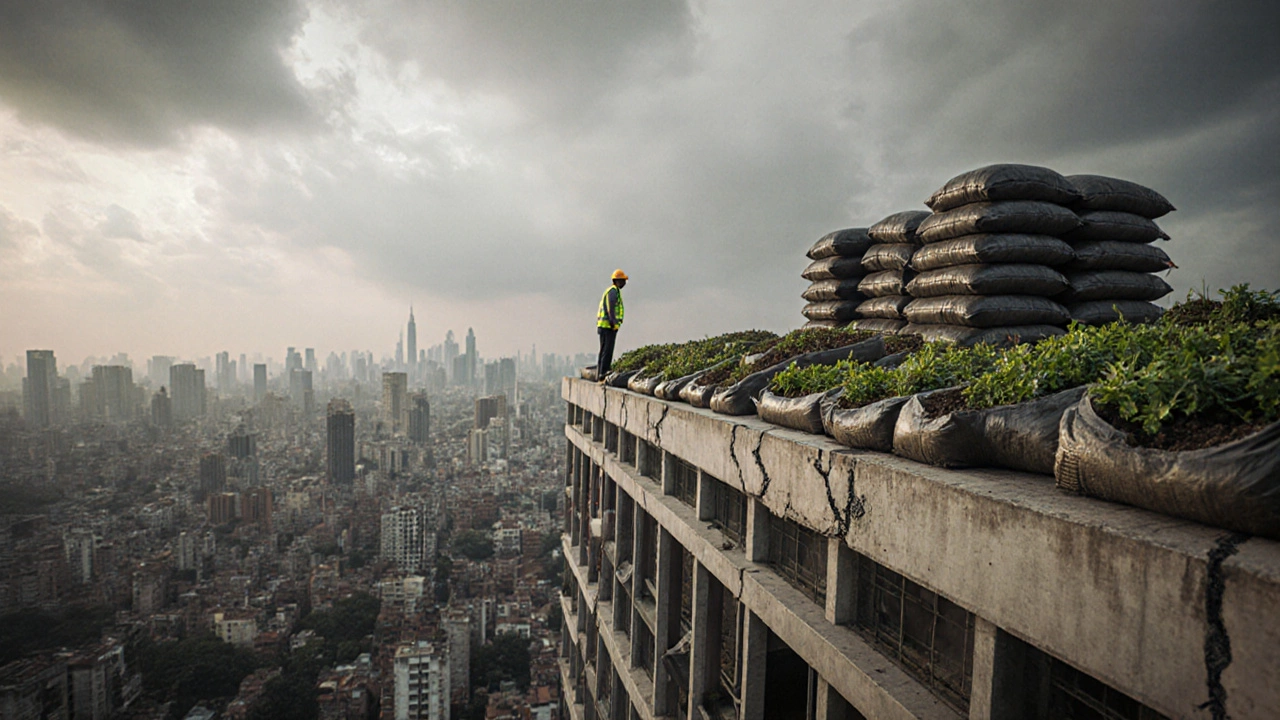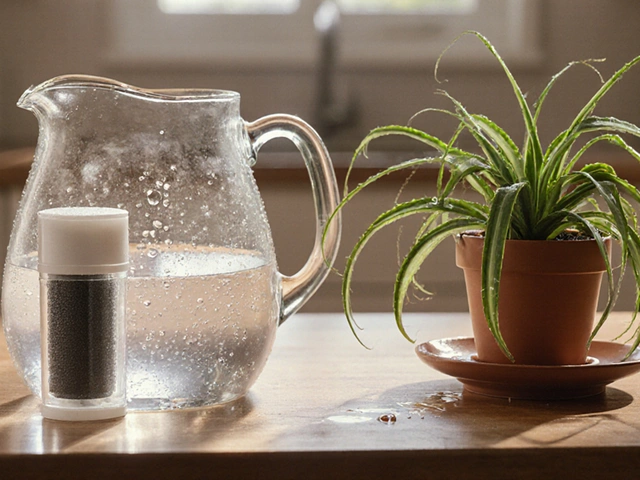Rooftop Garden Challenges and Simple Ways to Tackle Them
Thinking of turning that concrete slab into a green oasis? You’re not alone. Rooftop gardens look great, but they come with a set of quirks that can trip up even seasoned gardeners. Below are the most common roadblocks and quick fixes you can apply right now.
Weight & Structural Limits
The first thing to check is how much load your roof can handle. Too much soil, heavy pots, or a full‑size garden bed can exceed design limits and cause cracks. Talk to a structural engineer or the building manager for the exact numbers. If the limit is low, go for lightweight mixes—sand, compost, and peat in a 1:1:1 ratio work well. Also, use fabric grow bags or raised beds with hollow frames to cut weight without sacrificing depth.
Watering & Drainage Issues
Water is a double‑edged sword up high. Too little and plants wilt, too much and you risk leaks or ponding. Install a drip irrigation system with a timer; it delivers water directly to the root zone and cuts evaporation. Add a layer of coarse gravel or broken terracotta at the bottom of containers to improve drainage. Remember to place a waterproof membrane under the soil to protect the roof surface.
Wind is another silent killer. Rooftop gardens sit in the open, so strong gusts can tip over pots or dry out soil faster. Choose sturdy containers with broad bases and secure them with brackets or ties. Windbreaks—like a lattice, bamboo screen, or even a row of tall grasses—can reduce force without blocking sunlight.
Sun exposure varies a lot on rooftops. Some spots get full sun all day, while others are shaded for hours. Match plant choices to the micro‑climate: succulents and herbs love the heat, whereas ferns and lettuces thrive in partial shade. If you have a hot, south‑facing roof, consider a shade cloth that can be pulled back on cooler days.
Heat buildup under the roof surface can raise soil temperature dramatically. To keep roots cool, add a thin layer of mulch or use reflective white pots. A bit of water‑filled bottle buried in the soil acts like a tiny cooler, releasing moisture slowly as the day warms up.
Pests love the warm, humid environment of rooftop beds. Stay ahead by planting companion species that repel bugs—marigold next to tomatoes, or basil near peppers. Organic neem oil sprays work well, but apply early in the morning to avoid leaf burn.
Access can be tricky if the roof has limited space or steep stairs. Keep tools lightweight and store them in a small, weather‑proof box. Use foldable watering cans and a compact hand trowel to avoid clutter. When you need a bigger lift, a small pulley system can help move heavy bags of soil up safely.
Finally, don’t forget the legal side. Some housing societies have rules about rooftop modifications. Get approval before you start, and make sure any waterproofing or drainage work meets local building codes. A tiny paperwork step now saves you from costly removals later.
Rooftop gardening isn’t a mystery—it just needs a bit of planning. Check the structure, manage water smartly, protect against wind and sun, and you’ll turn that high‑rise slab into a thriving garden that boosts your home’s look and your mood.

The Hidden Drawbacks of Rooftop Farming
Explore the major drawbacks of rooftop farming, from structural load limits and water leakage to high costs, regulatory hurdles, and microclimate challenges, plus tips to mitigate the risks.
About
Sustainable Gardening
Latest Posts


Evaluating the Benefits and Costs of Drip Irrigation Kits
By Alden Thorne Feb 2, 2025

Best Additions to Loosen Up Garden Soil
By Alden Thorne Feb 24, 2025

What Is the Best Water for Houseplants? A Practical Guide
By Alden Thorne Oct 16, 2025
